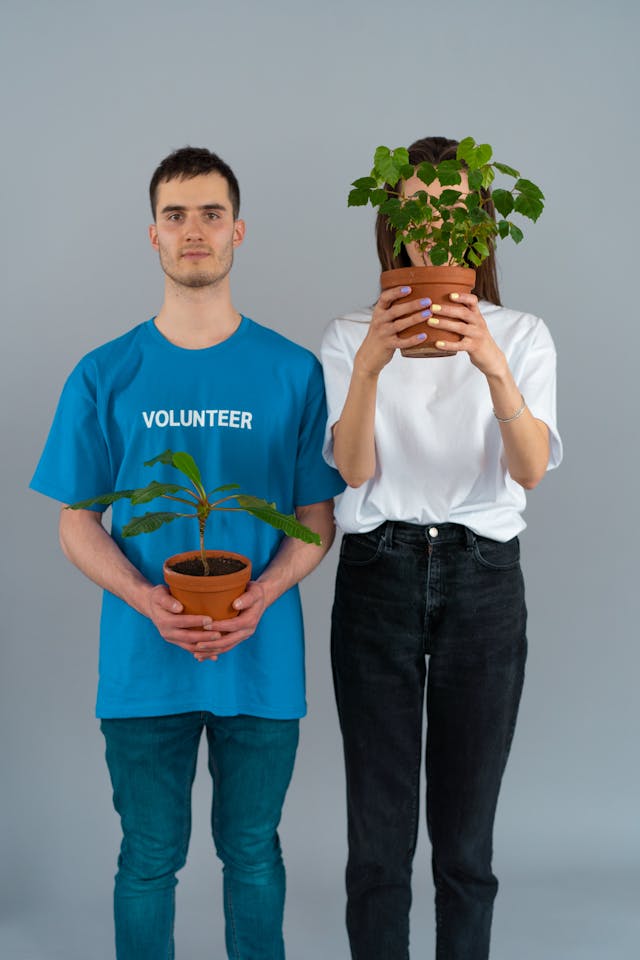In a world going green, the gear we use for travel, fitness and adventure is undergoing a quiet revolution. The active-minded—cyclists, runners, hikers and globe-trotters—are no longer just thinking about performance and durability. They’re also thinking about environmental impact. From materials to manufacturing processes and even transport methods, gear is adapting to a more eco-conscious audience.
Rethinking Materials: From Plastic to Purpose
Traditionally outdoor and fitness gear relied on synthetic fabrics and plastics, often derived from fossil fuels. While these materials offered performance benefits, they came with a big environmental cost. The eco evolution of gear has forced brands to rethink how products are made, introducing recycled polyester, organic cotton, biodegradable insulation and plant-based alternatives that don’t compromise on function.
Shoe companies are now making shoes from algae foam, athletic wear brands are experimenting with fabric blends using bamboo, hemp or coffee grounds. Even backpacks and duffels are being made from recycled PET bottles. These innovations are not just for performance but to create a loop where resources are reused not discarded.
Durability and Repairability: Buy Less, Use Longer
Another trend shaping the eco-conscious gear movement is the focus on longevity. The most sustainable product is often the one you don’t have to replace. So many brands are shifting from fast-turnover products to gear that’s built to last and even built to be repaired.
This means consumers have to make more mindful choices. When a hiker chooses a jacket with a lifetime repair warranty or a cyclist chooses a toolkit with interchangeable parts, it’s not just about convenience, it’s about reducing waste. Sustainability becomes part of the purchase decision, a mindset that’s becoming more common among active, outdoorsy consumers.
Smarter Travel: Sustainable Transport for Gear and You
Travel is a big part of the lifestyle for the active-minded, whether that’s international bike events or weekend trail runs. The challenge is to transport gear without undoing the environmental good you’re trying to do.
This is where companies like BuxumBox are stepping in, with offering innovations like the eco-friendly bike box. Designed to last for years and made with materials that reduce environmental impact, these boxes are not only lightweight and protective – they’re also sustainable. Cyclists who travel often now have the option to transport their bikes in a case that matches their values. It’s gear that does its job while reducing the footprint of travel.
Conscious Design for Conscious Consumers
Design is no longer just about looks or tech – it’s about impact. Designers now approach gear with a broader mindset, considering end of life recyclability, minimal packaging and multi functionality. For example hydration packs that convert into small daypacks, or yoga mats made from natural rubber that decompose after years of use.
It’s not just driven by regulations or trends. It’s driven by the people buying the gear. Active consumers have a deeper connection to nature and that connection fuels a desire to protect it. This demand is forcing brands to go beyond buzzwords and build sustainability into every stage of their products life cycle.
The Future of Eco Gear Is Personal
The eco evolution isn’t a one size fits all movement. Some people start by choosing one sustainable piece of gear – like an eco bike box – while others overhaul their entire kit. What matters most is that change is happening and it’s being driven by individuals who care about how their actions, purchases and adventures impact the planet.
For the active minded, embracing sustainable gear isn’t about giving up performance or style. It’s about aligning their values with the products they use and the adventures they pursue. As more options become available and more companies take responsibility for their environmental impact, choosing eco gear becomes the next natural step in a life of movement, challenge and adventure.




